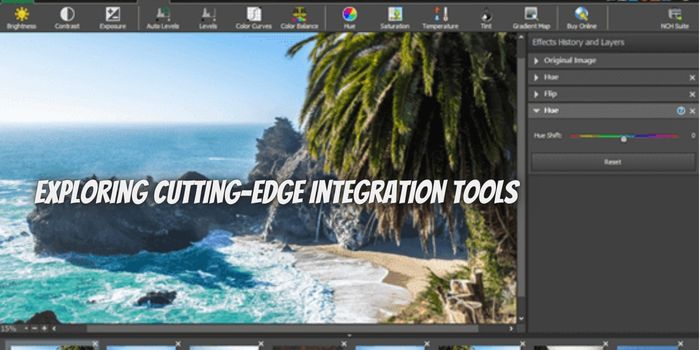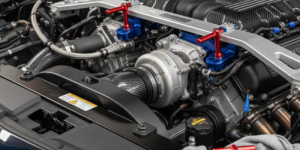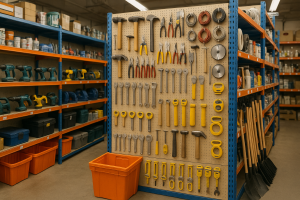Empowering Your 3D Workflow: Exploring Cutting-Edge Integration Tools
As the 3D creation landscape continually evolves, so does the demand for robust, versatile tools to drive workflows. Key among these are integration tools that seamlessly mesh different software platforms, like the Substance plugin for Maya. This discussion will explore how such cutting-edge integration tools reshape and empower the 3D workflow.
Simplifying Complexities: Integration Tools and Streamlined Processes
Within the complex world of 3D design, intricate workflows often involve the use of various software platforms. Integration tools aim to bridge these platforms, facilitating more streamlined processes. For instance, a tool like the Substance plugin for Maya enables creators to import high-quality textures into their Maya workspace directly. By eliminating the need for time-consuming manual imports, these tools allow artists to focus more on creativity and less on technicalities.
Consider a 3D artist working on a complex architectural visualization project. In the past, importing high-resolution textures into the 3D modeling software could be a tedious and time-consuming process. However, with this plugin for Maya, the artist can seamlessly integrate Substance materials, which are known for their exceptional quality and realism, into the project. This integration saves time and ensures that the final renderings have the highest visual fidelity.
Boosting Realism: Heightened Visual Quality with Advanced Tools
Integration tools aren’t just workflow simplifies but also enhancers of visual quality. They provide the means for textures, lighting, and other visual elements to be rendered with increased realism. Through this plugin for Maya, artists can import high-resolution textures that add depth and detail to their 3D models. These textures breathe life into 3D models, transforming them from plain structures into realistic representations or creative masterpieces.
Bridging the Gap: Seamless Compatibility Across Platforms
One of the main challenges in the 3D industry is ensuring seamless compatibility between different software platforms. Integration tools are engineered to bridge this gap, creating a harmonious interaction between distinct software systems. When platforms work in unison, the overall workflow becomes more efficient and the output more consistent. This cross-platform harmony boosts productivity and ensures a seamless transition between different stages of the 3D creation process.
Adobe states, “The Substance 3D plugin allows you to make realistic materials.”
Empowering Creativity: Enhancing Artists’ Capabilities
Integration tools not only simplify technical processes but also empower artists’ creativity. By streamlining workflows, these tools free artists from the constraints of technical challenges, allowing them more time and freedom to experiment, innovate, and express their artistic vision. They serve as enablers that amplify the potential of creators, transforming ordinary workflows into extraordinary creative journeys.
Consider a 3D animation artist working on a passion project. The seamless integration of Substance materials into Maya enables the artist to explore different visual styles and experiment with various textures effortlessly. This creative freedom encourages the artist to push the boundaries of their art, resulting in a project that showcases their unique artistic voice.
Looking Ahead: The Future of Integration Tools in 3D Workflows
As 3D technology advances, integration tools’ future looks brighter than ever. Expect more powerful, versatile tools to streamline workflows, enhance visual quality, ensure seamless compatibility, and empower creativity. These developments will inevitably redefine the landscape of 3D creation, setting new standards in efficiency, quality, and innovation.
The advent of cutting-edge integration tools, such as the Substance plugin for Maya, has revolutionized the 3D workflow. They’ve simplified complexities, boosted realism, ensured compatibility, and enhanced artists’ creative capabilities. As the 3D industry moves forward, these integration tools will continue to shape the future of 3D creation, enabling artists to unlock their full potential and deliver extraordinary results.














Post Comment
You must be logged in to post a comment.